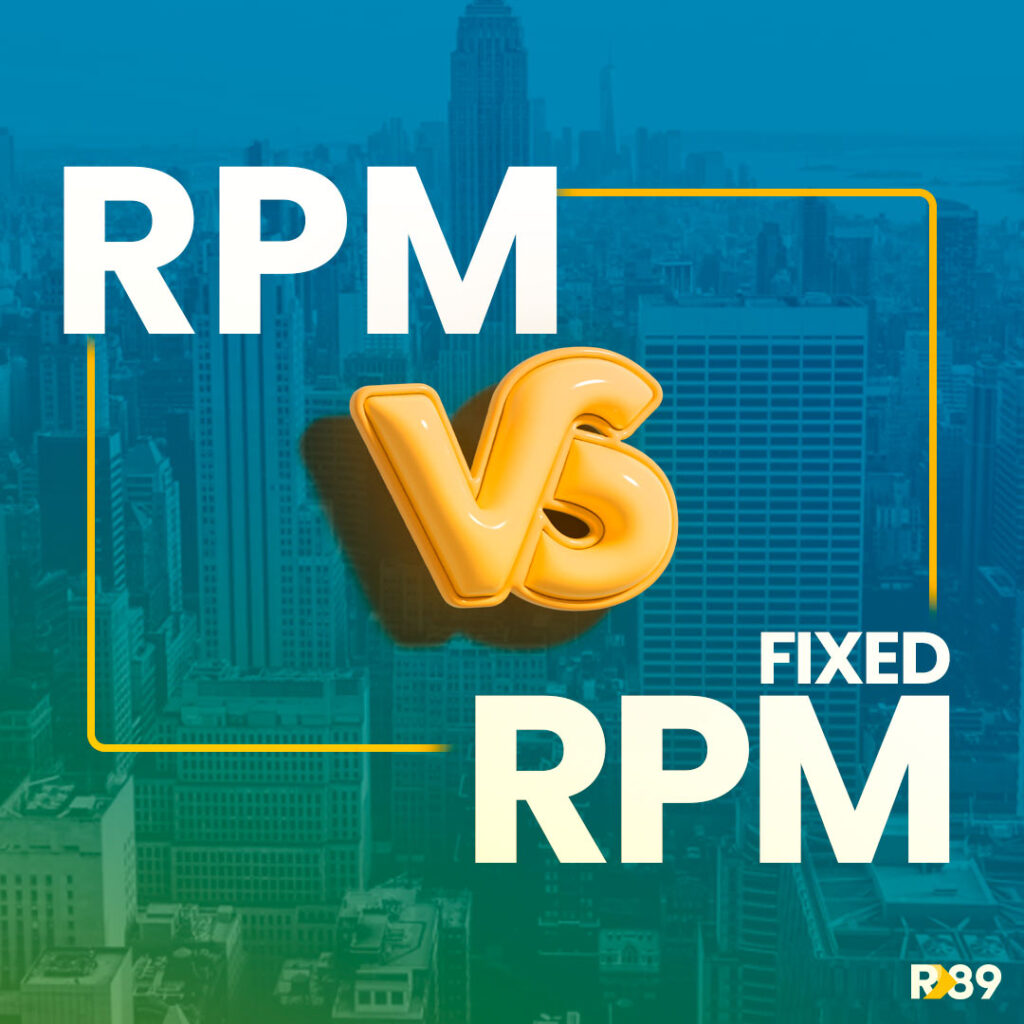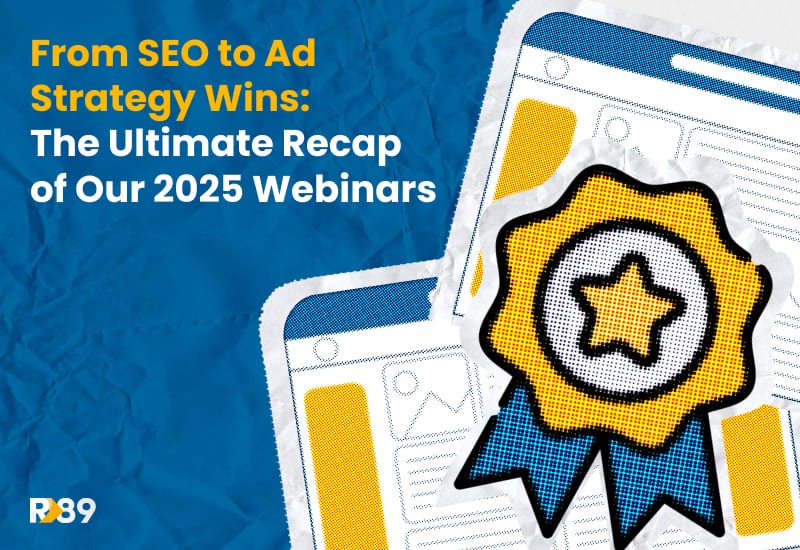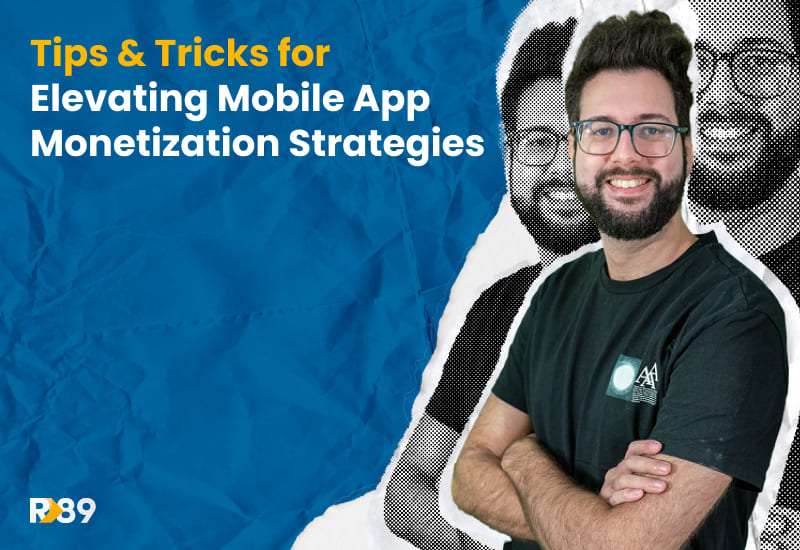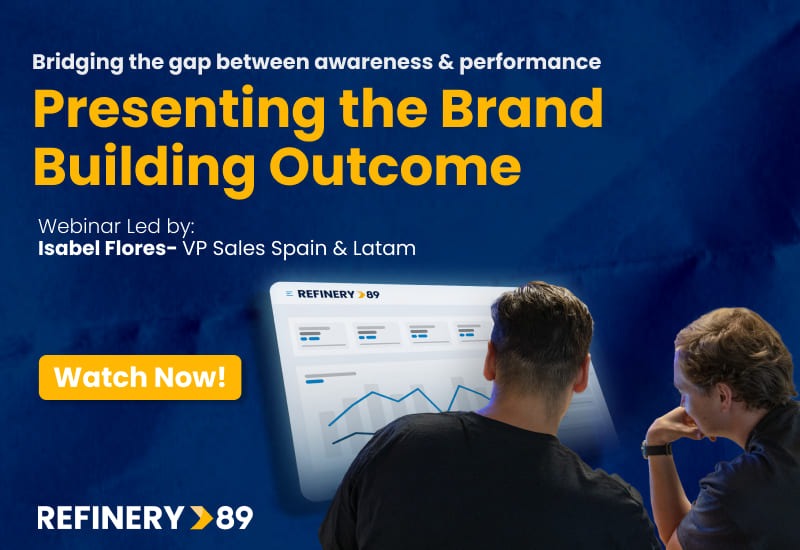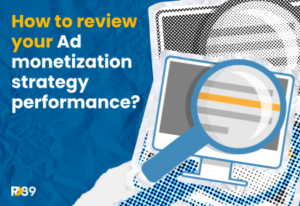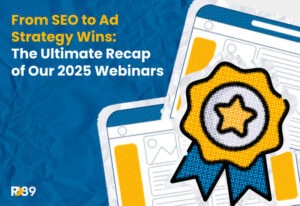RPM or Revenue Per Mille is the estimated earnings of a webpage for every 1000 monetizable page views it receives.
RPM = (Total Revenue ÷ Monetizable Page views) x 1 000,
where
Monetizable Page views = amount of pages with ads on them.
By analyzing RPM, publishers can identify which ad placements or types of content are most lucrative and adjust their content strategies accordingly. This may involve focusing on content that yields a higher Revenue Per Mille or adjusting the placement of ads to increase visibility and engagement.
High RPM = High Income?
On the surface, it seems like the higher this figure, the more money you’re raking in, right?
The answer is not as plain as it seems.
High RPM equals High Income if a publisher maintains the traffic sources and volume of their traffic stable.
How the source of the traffic affects your Revenue Per Mille.
Where your users come from can make a whole lot of difference for your RPM. Different traffic sources bring users with varying intentions, engagement levels, and behaviors, all of which impact the effectiveness of ads and, consequently, the RPM.
-
Organic Search Traffic:
-
Impact on RPM: Typically positive.
-
Reason: Users from organic search often have specific intent, making them more likely to engage with the content and ads. Moreover, such users are generally perceived as high-quality traffic by advertisers.
-
-
Paid Search Traffic (PPC):
-
Impact on RPM: It can be positive, but comes with a cost.
-
Reason: While paid traffic can be highly targeted, the cost of acquiring these users may be a setback for the revenue. The effectiveness largely depends on how well the ads are targeted and the relevance of the landing page.
-
-
Direct Traffic:
-
Impact on RPM: Generally positive.
-
Reason: Direct traffic indicates strong brand loyalty or awareness. Users are more likely to engage deeply with the site, leading to higher interaction with ads. However, the RPM can vary based on the user’s familiarity with the site and lead to ad blindness.
-
-
Referral Traffic:
-
Impact on RPM: More often negative than positive.
-
Reason: The quality of referral traffic highly depends on the source. Traffic from reputable sites in a relevant niche may engage well with ads, while low-quality referrals may lead to a lower site authority score and penalization in ranking. Usually, it is a pretty complicated task to get only reputable referrals.
-
-
Social Media Traffic:
-
Impact on RPM: Often negative
-
Reason: Users from social media platforms tend to have lower intent and might be less likely to engage with ads, as their primary focus is usually social interaction. However, highly engaging or viral content can sometimes overturn this trend.
-
-
Email Traffic:
-
Impact on RPM: Generally positive.
-
Reason: Email traffic is usually very targeted and consists of users who have already shown interest in your content, leading to higher engagement rates with the content and ads.
-
Factors such as user intent, engagement level, ad relevance, and the context of the visit all play vital roles in how traffic sources affect Revenue Per Mille. The best outcome is when your content (service, news, product) directly answers users’ search intent, the website is well-structured and easy to interact with. In other words, to get adequate ad monetization high RPM should come from the engaged traffic.
Other metrics to assess your traffic:
- Website User Engagement
Understanding visitor behavior on your site is key. What’s the duration of their visit, and which actions are they taking? Tools like Google Analytics offer insights into the journey of a visitor across your site, showing the sequence of pages they visit. Additionally, heat mapping tools can illustrate the specific areas of a page where users are most engaged, indicating where they click and interact.
- Time per page
The time per page is an indicator of visitor engagement. A low time per page often suggests that your website may not be meeting the needs or expectations of visitors, prompting them to exit without engaging further.
The volume of your traffic.
The volume of website traffic signifies the cumulative count of individuals visiting a site over a given timeframe. This metric serves as a fundamental indicator of a site’s visibility and extent of audience engagement.
In real life, though, the situation when traffic sources structure remains stable and volume fluctuates is not unheard of. Volume can be influenced by seasons, holidays, news, changes in Google search algorithms, and even the weather.
So together with RPM itself, one should pay close attention to the metrics of your web such as Engagement rate, Time per page, and Visitors.
As we see, RPM is not a stable number established once and for all. RPM’s rollercoaster can be a royal headache for a publisher. For example, Q1 is usually a moment in programmatic advertising when RPM goes south. Here you can read more details about the Q1 drop.
So, what can a publisher do about it?
What are you missing out? Fixed Revenue Per Mille!
Here at Refinery89 being publishers ourselves, we feel for all publishers and are not strangers to the sinking feeling in the stomach at the sight of the seasonal drops.
Caring about our publishers’ interests we developed a way to bring stability to their lives using FixedRPM to measure generated revenue.
How does it work?
We evaluate the publisher’s data based on the page views, type of business, and other essential metrics. After thorough analysis, we offer a publisher a fixed number of RPM. This number means that the money the website will yield during the year will always be the same, providing that traffic volume and traffic quality remain stable. This way you will always know how much money you will get at the end of the month and put an end to the worries and uncertainties of a site owner. They can plan their life now!
“Where is the catch?” – one might ask. Well, there is none! We assume sizeable risks and use a dynamic commission on our part caring about our publishers’ stable income.
We always try to offer the best RPMs possible, so they can stop worrying about the money and focus on their main passion – content creation.
Skontaktuj się z nami to initiate your changes to the best!
